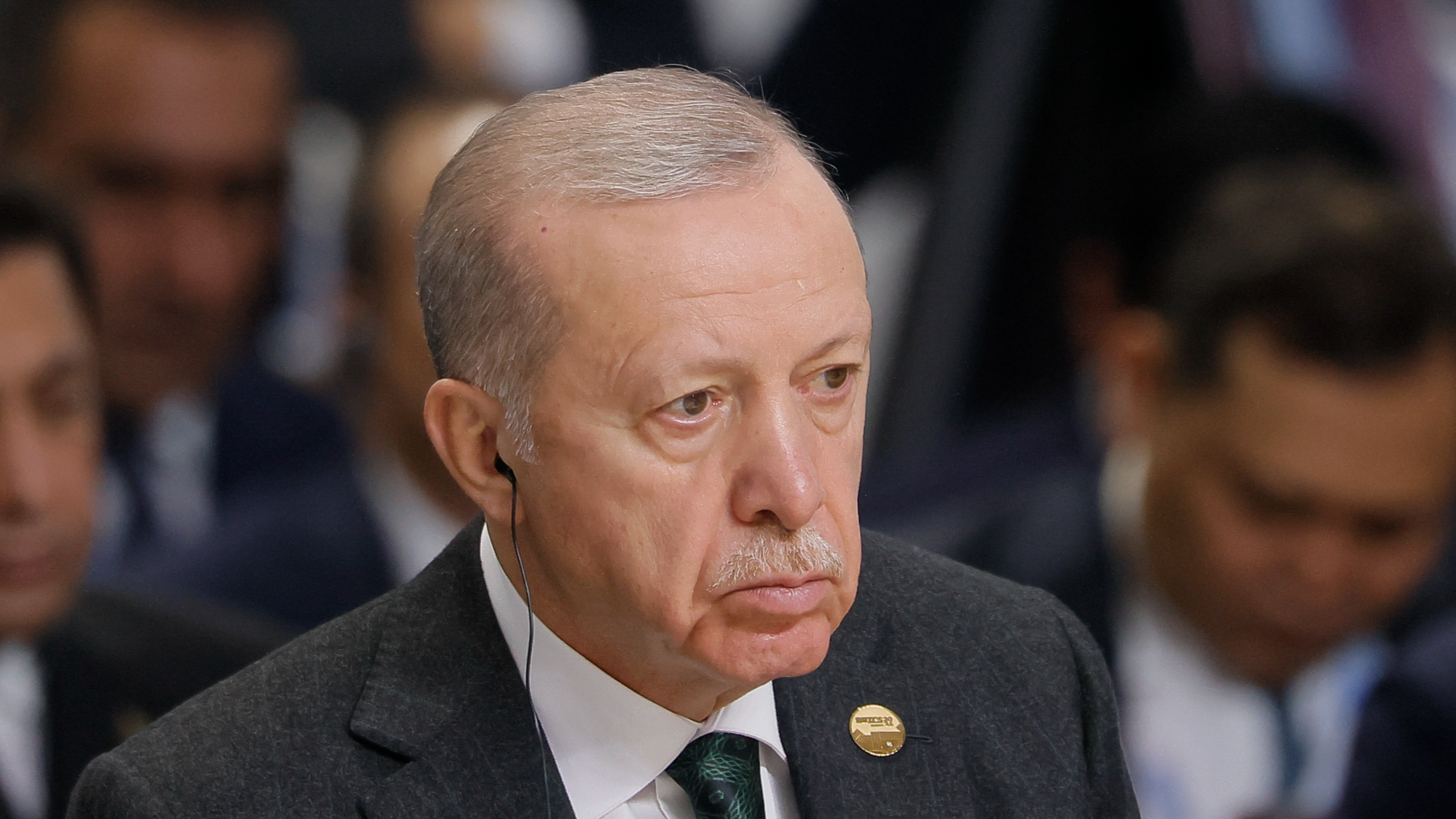
ANKARA - President Tayyip Erdogan said on Tuesday that Türkiye aimed to have its own "Steel Dome" multi-layered air defense system soon, adding that Ankara would also increase its long-range missile capabilities.
NATO member Türkiye has in recent years significantly reduced its dependence on external suppliers of defense equipment. It has become a leading manufacturer of armed drones for the global market and produces much of its own defense needs at home.
Speaking at a ceremony in Ankara to inaugurate the home-made Gokbey helicopter for use by the gendarmerie at the headquarters of the Turkish Aerospace Industries (TUSAS), which was targeted by a deadly Kurdish militant attack last week, Erdogan likened the "Steel Dome" to Israel's famed "Iron Dome".
"It is understood much better now how vitally important our multi-layered air defense systems are for our security. If they (Israel) have an 'Iron Dome', we will have a 'Steel Dome'. We won't look at them and say 'why don't we have this'," Erdogan said, without giving a specific timeline.
ALSO READ: Erdogan says developing relations with BRICS members to benefit Türkiye
"We will increase our long-range missile capabilities during this period too," he added, saying Türkiye would "not rest" until it achieved full independence in the defense industry.
Israel's Iron Dome air defense system was built to intercept rockets fired into its territory. It became operational in 2011, and uses truck-towed units of radar-guided missiles to blow up short-range threats like rockets, mortars and drones in mid-air.
The UN agency for Palestinian refugees employs thousands of people who run the enclave's schools, its primary healthcare clinics and other social services, as well as distributing humanitarian aid.
It also deployed a naval version of the Iron Dome in 2017 to protect ships and sea-based assets.
The system determines whether a rocket is on course to hit a populated area; if not, the rocket is ignored and allowed to land harmlessly.


